Discover The Fates Of Some Of The Most Famous Ocean Liners
Thanks to a confluence of new technology and an increased demand for travel between continents in the late 19th century, gigantic ocean-going passenger ships — or ocean liners — emerged not just as a way to travel, but also as a source of national pride.
The age of aviation made these great ships virtually obsolete, which means that many of them were sent to early retirement. From icebergs to fire to the casualties of war, here’s what happened to some of history’s greatest ocean liners.
SS Great Eastern
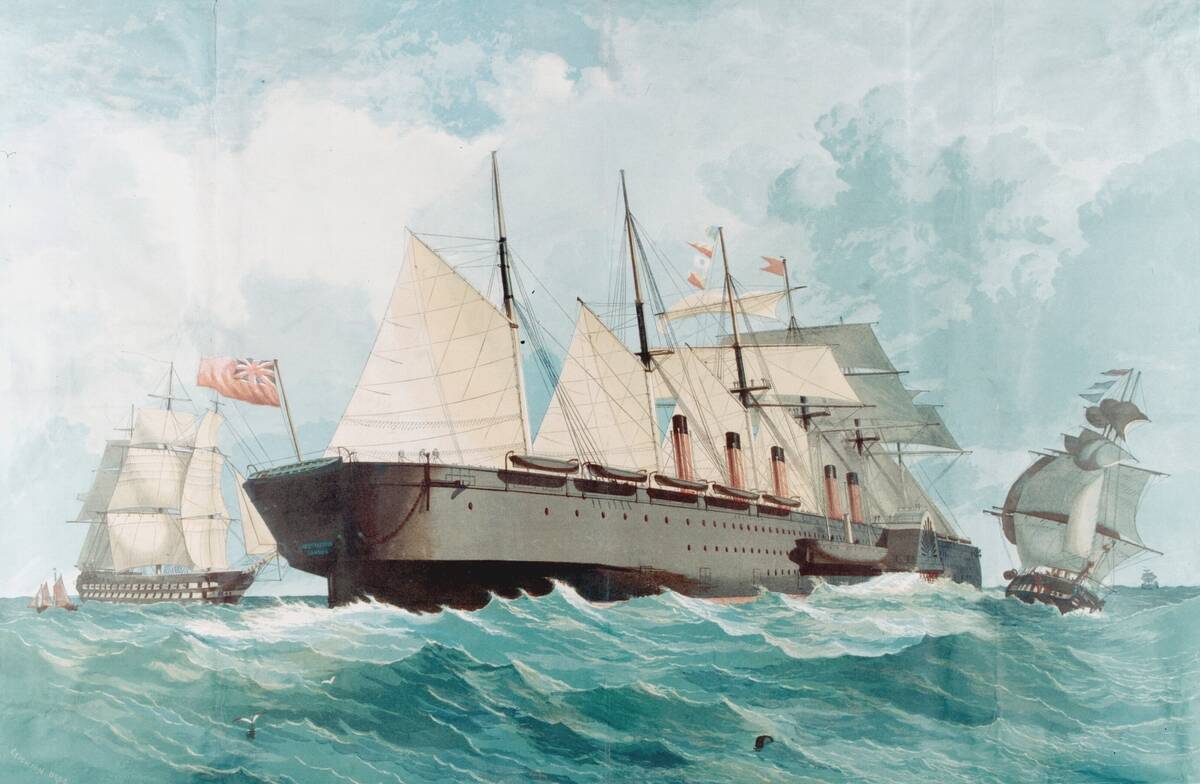
The pioneering Great Eastern, built by famed engineer Isambard Kingdom Brunel, was ahead of its time. Built in 1853, this iron-hulled steamship carried many traits of ocean liners that wouldn’t be built for another few decades.
While the ship was innovative, it may have been just a little too far ahead of its time. After working as a passenger ship in the North Atlantic for several years and later laying transatlantic telegraph cables, she was turned into a floating billboard in Liverpool before being scrapped in 1889.
SS United States
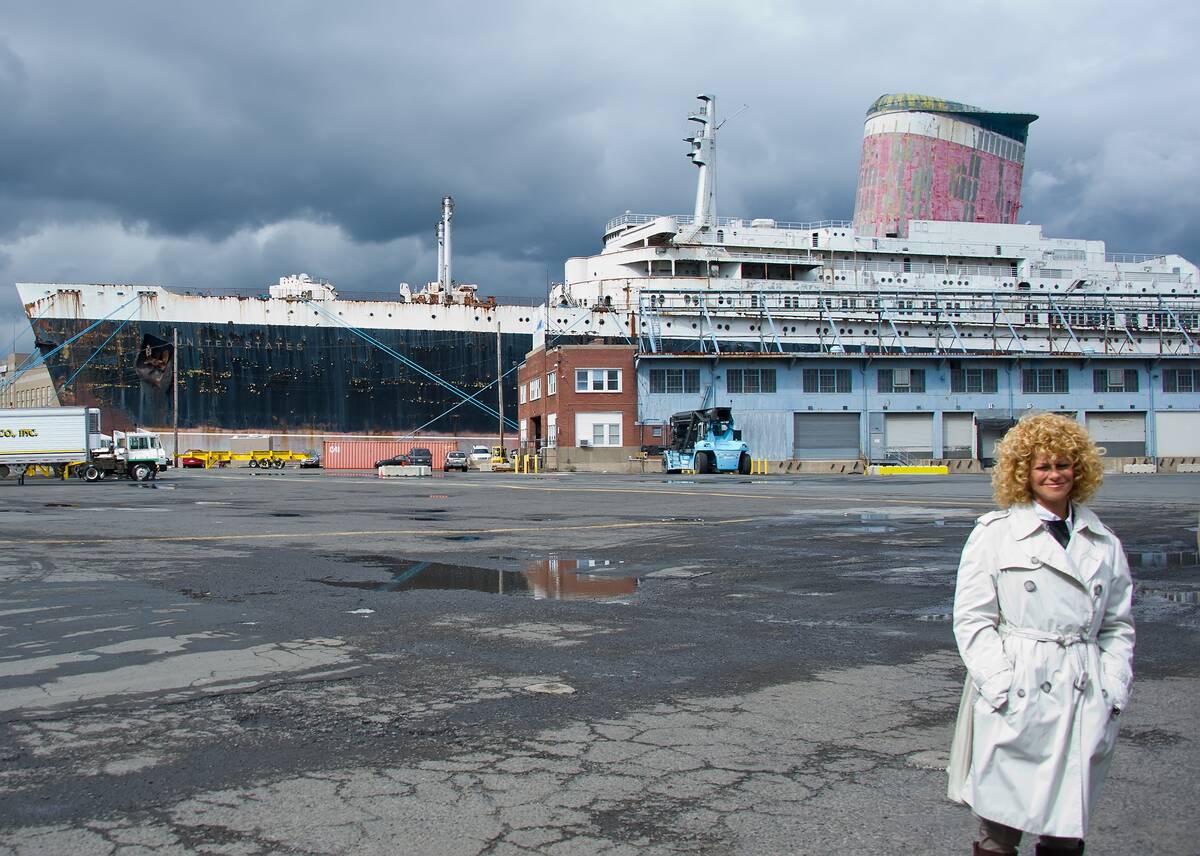
The Blue Riband award for highest average speed on the oceans used to be a big deal — and while it isn’t anymore, the current record holder is still the SS United States, a lightweight ship that was built for speed.
The ship was an object of national pride after it set off on its maiden voyage in 1952. Sadly, the end of ocean liners was near, and the ship quickly passed through a succession of owners. After sitting derelict in Philadelphia for years, it was towed to the Florida coast, where it will be sunken and used as an artificial reef.
RMS Carpathia
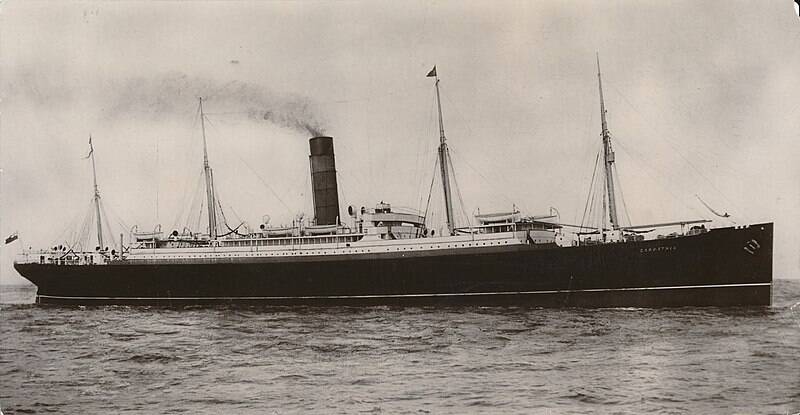
The RMS Carpathia likely wouldn’t be as famous as it is today if not for its heroic efforts to speed through an ice field to rescue the survivors of the Titanic tragedy.
This small but capable ocean liner made her maiden voyage in 1903. After 15 years in service, the ship — now a troop transport ship — was sunk by a German submarine off the Irish coast in 1918.
SS Nieuw Amsterdam (1937)
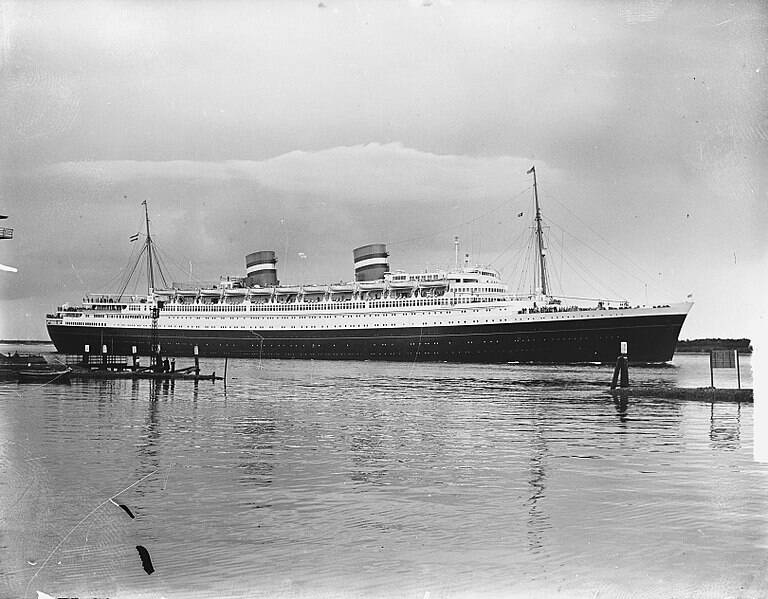
The Holland America Line’s flagship, the SS Nieuw Amsterdam, stuck to a seasonal schedule, with transatlantic crossings during the summer months, and tropical cruises during the winter.
The ship was heavily damaged by fire in 1957 and refitted in 1961. She was converted to be exclusively a cruise ship, and was later scrapped in Taiwan.
SS Normandie
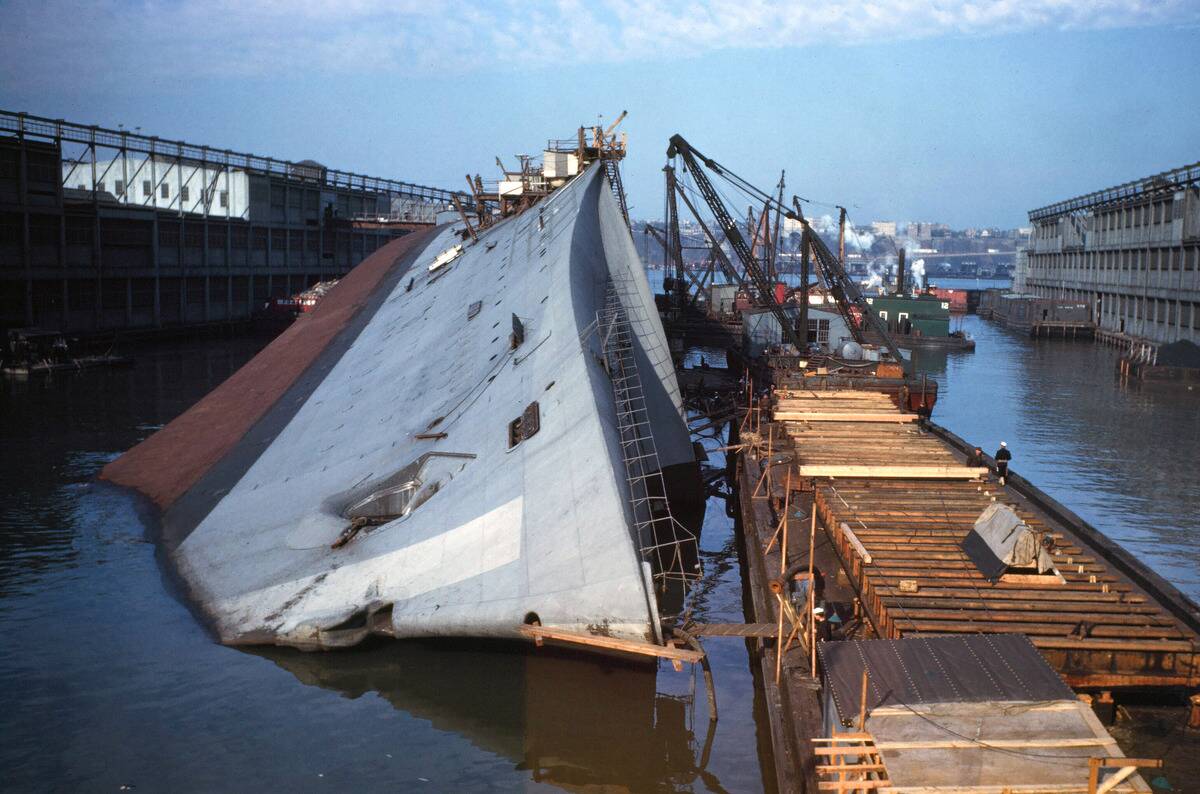
The beautiful SS Normandie entered service in 1935 as the largest, fastest passenger ship, known for her lavish interiors and reliable service.
After the outbreak of World War II and occupation of France, the ship was seized by U.S. authorities in New York, converted into a troopship, and renamed the USS Lafayette. Before it could carry any troops, the ship caught fire on the Hudson River and capsized. While the ship was salvaged, it was quickly scrapped.
SS Columbus (1922)
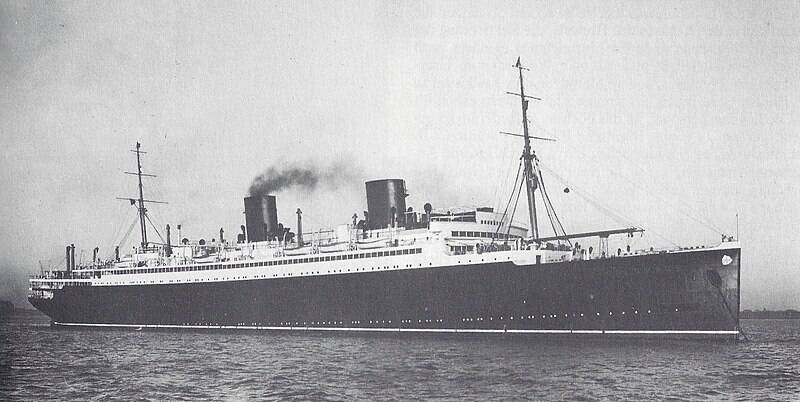
The SS Columbus was constructed by the German shipbuilder Norddeutscher Lloyd shortly after the end of World War I.
The ship proved to be a reliable workhorse for the German line and received a refit in 1929 to modernize her interiors. After the outbreak of World War II, the Columbus was ordered to return to Germany when she was spotted by a British destroyer. Rather than hand the ship over, the crew sunk the ship.
RMS Olympic
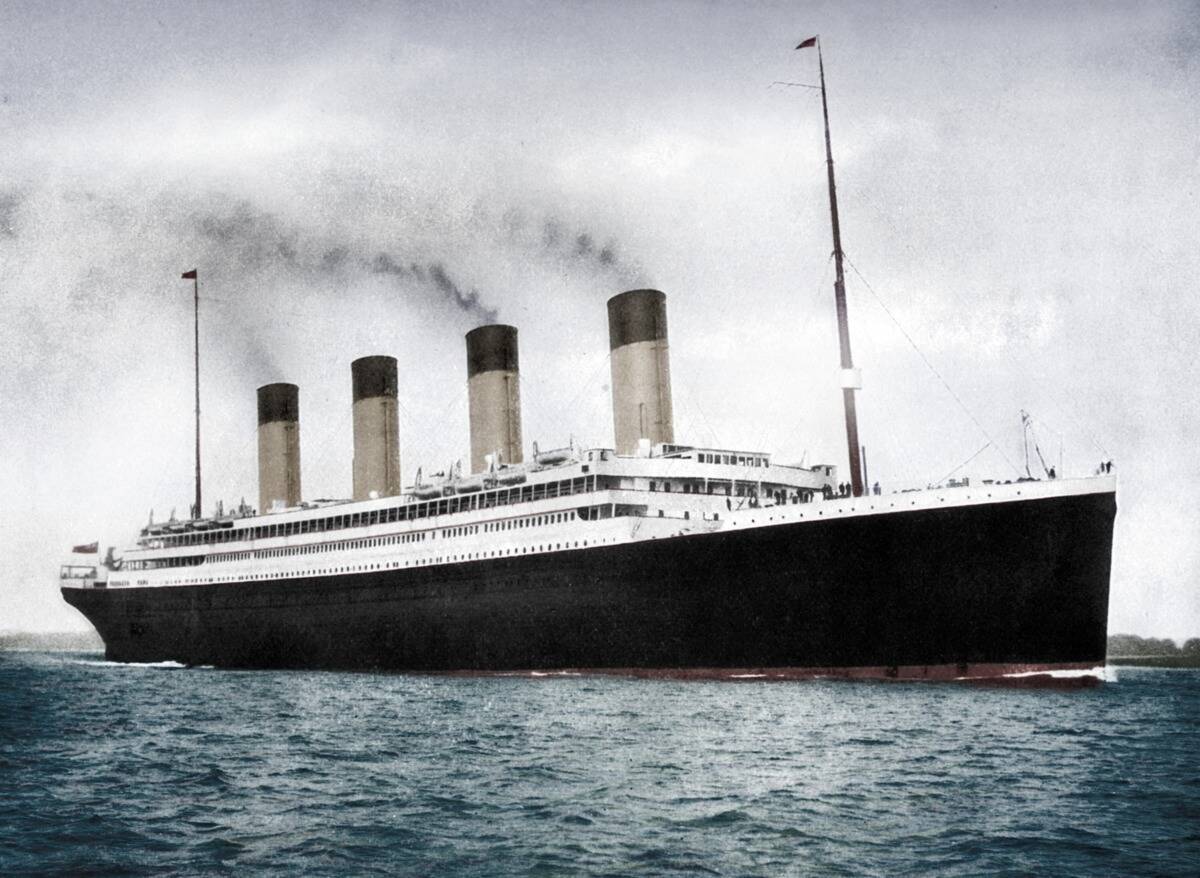
The first of three gigantic sister ships built by the White Star Line, the RMS Olympic was the only one of the trio to enjoy a long career.
The ship was a reliable fixture on the transatlantic route before World War I, served as a troopship during the war, then returned to her old route afterwards. After a career that spanned 24 years, the Olympic was retired and scrapped.
RMS Caronia
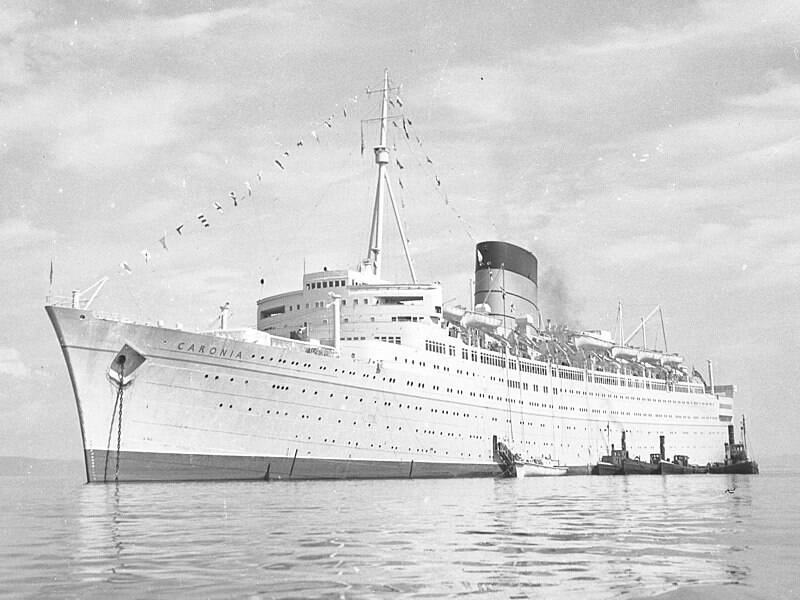
The elegant RMS Caronia was nicknamed the “Green Goddess” for her light green hull. Built for the dual purpose of transatlantic crossings and pleasure cruises, the ship was first launched in October of 1947.
Later in her career, the Caronia became unreliable and was eventually given up on. While being towed to a breaker’s yard in Taiwan, the ship broke loose from its lines and was wrecked in Guam.
HMHS Britannic

The ill-fated sister ship of the Olympic and Titanic, the Britannic was launched in 1914. Because of poor timing, the ship never carried passengers and was immediately pressed into service as a World War I hospital ship.
The Britannic was indeed successful in this role for over a year, but while passing through the Mediterranean in 1916, she hit a mine and sunk in a matter of minutes.
SS Paris (1916)
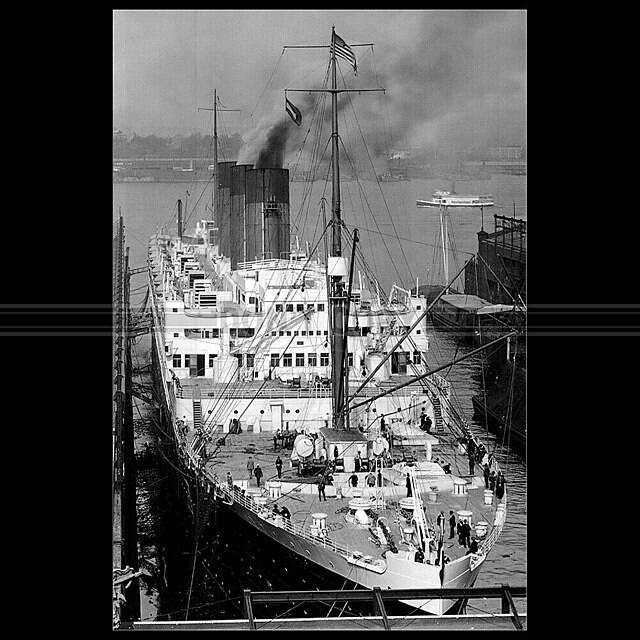
The SS Paris had a rough start, as World War I delayed its launch for years. When it finally launched in 1921, the liner became known as the “Aristocrat of the Atlantic.”
The Paris had a venerable career in the Atlantic, but this came to an end in April of 1939 when she capsized and sunk in a dry dock in Le Havre, France. She stayed in this position until 1947, when she was finally scrapped.
SS Imperator
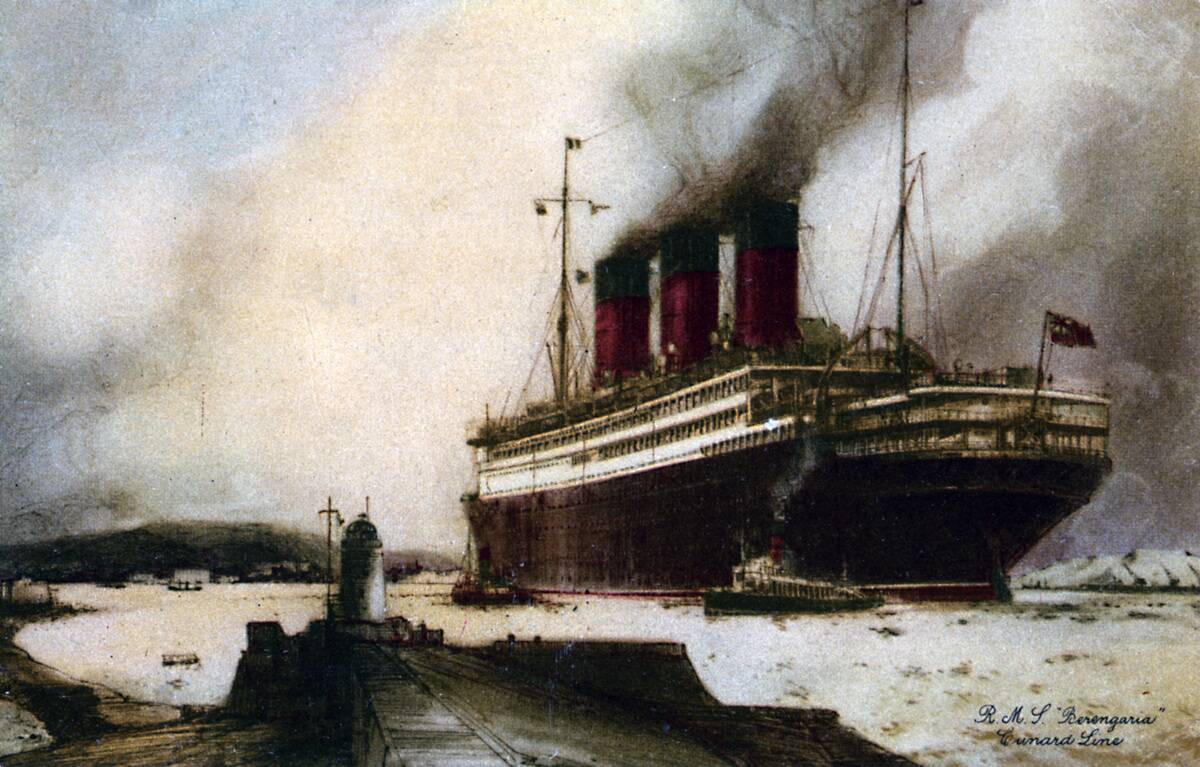
Most people knew this ship as the RMS Berengaria, but she was originally launched as the SS Imperator by Germany’s Hamburg America Line. As part of war reparations, she was sold to Britain after World War I.
The Berengaria was thought of as one of Britain’s finest ocean liners, even though she was German-built. Years of ocean-going travel took its toll, and the great ship was demolished in 1946.
RMS Aquitania
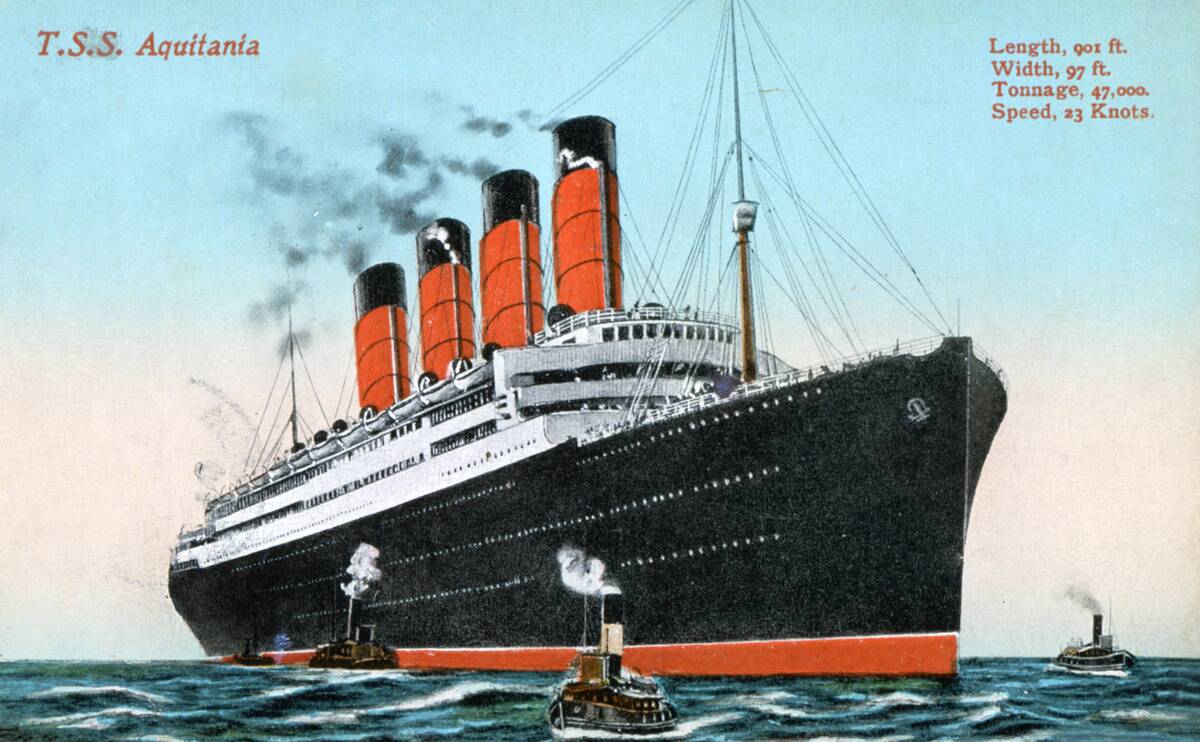
Cunard Line built three massive ships — the Aquitania, Mauretania, and Lusitania to compete with their rival’s big three — the Olympic, Titanic, and Britannic.
The Aquitania, like many ships of her time, was pressed into service during World War I. After returning to passenger service, she was known as a reliable liner. Later on, she served as a troop ship in World War II. The Aquitania was retired in 1949 and scrapped the following year.
RMS Mauretania (1906)
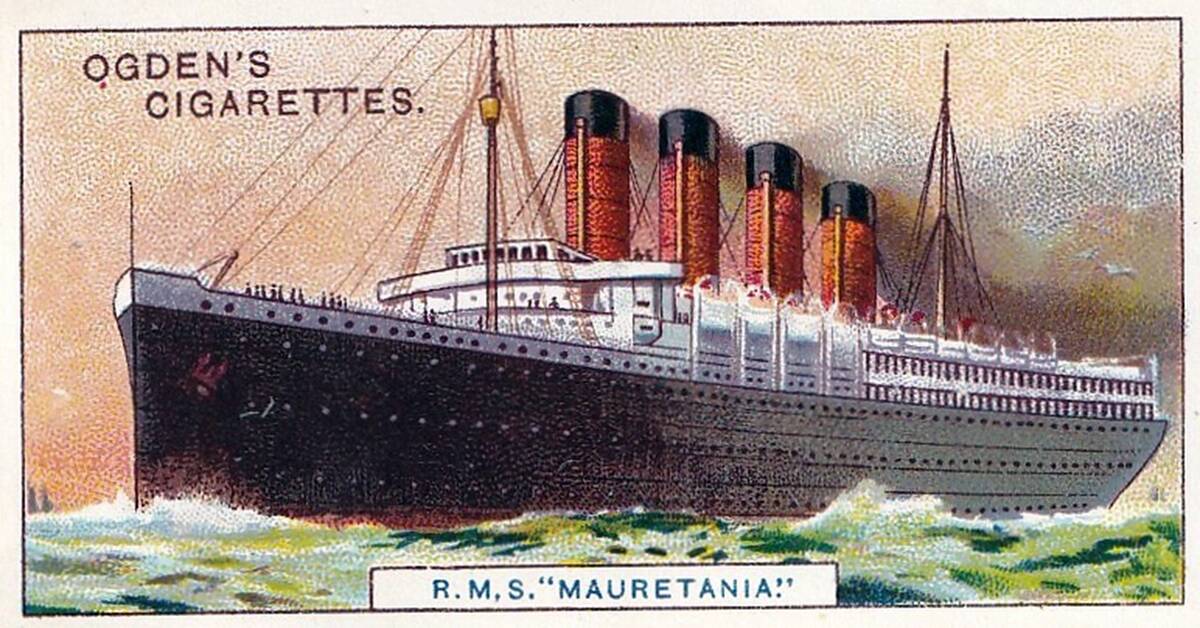
The Mauretania made an immediate impact after being launched in 1906, winning the coveted Blue Riband in 1907 — holding the speed record for 20 years.
The venerable ship served in World War I and also had a long career plying the North Atlantic as a passenger ship. Unlike the Aquitania, the Mauretania didn’t make it to World War II. She was retired in 1935 and later scrapped.
RMS Windsor Castle (1959)
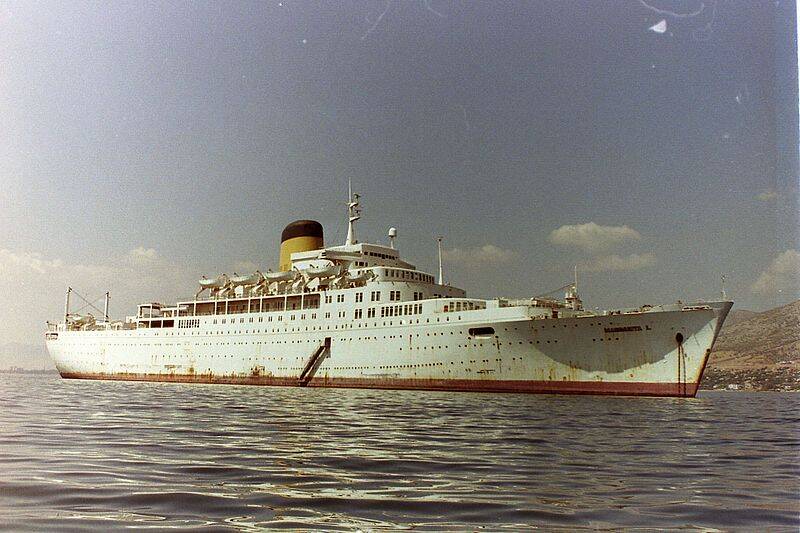
A hybrid passenger-cargo ocean liner, the RMS Windsor Castle was completed in 1960 and was the last flagship of the Union-Castle Line. The ship mostly completed a mail and passenger service between Britain and South Africa.
The ship was sold to Greek shipping magnate Yiannis Latsis in 1977 and became a mostly stationary ship. Years later, in 2005, the ship was sold for scrap.
RMS Queen Elizabeth
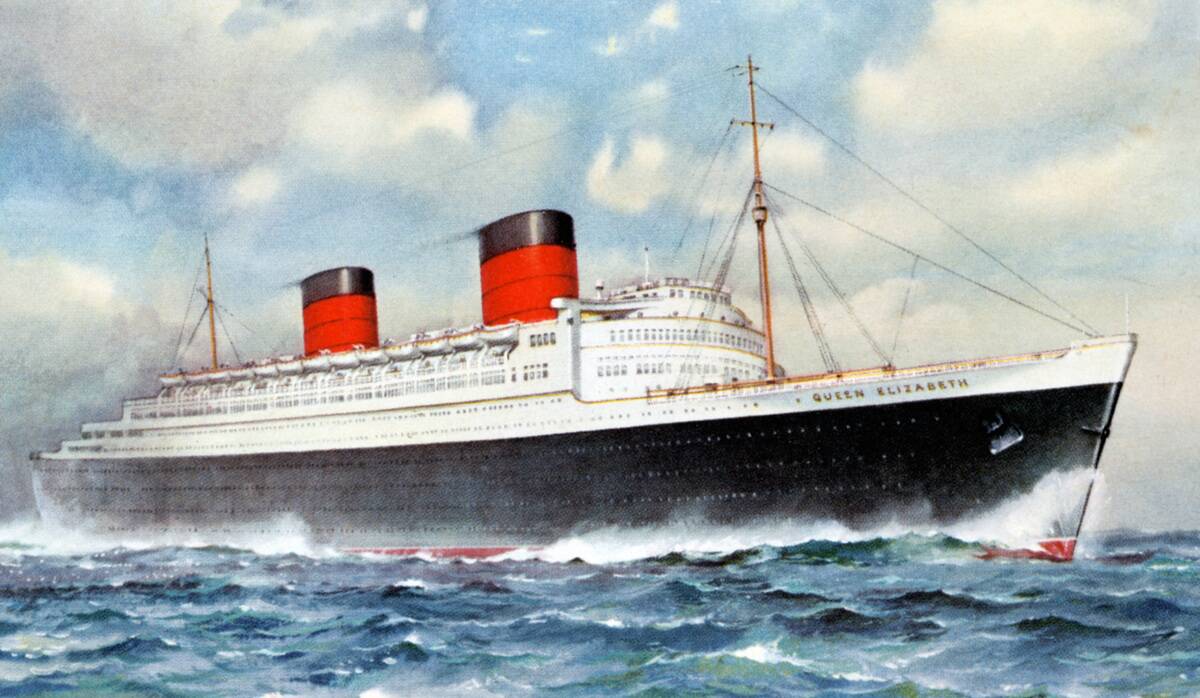
The elegant RMS Queen Elizabeth was the largest ship ever built when she was launched, and held that record for 56 years. After serving as a troop ship in World War II, she made her first commercial voyage in 1946.
With the decline of transatlantic passenger shipping, the Queen Elizabeth was simply too large and inefficient for the dwindling numbers of passengers. She was retired in 1968, then caught fire and capsized before being dismantled.
SS France (1960)
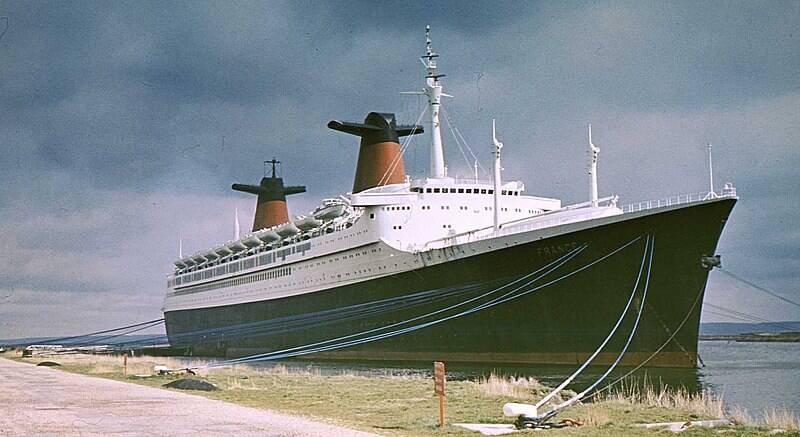
Like the Queen Elizabeth, the France was a beautiful, massive ship with poor timing — built just in time to experience the end of the age of ocean liners. Put into service in 1962, the ship was sold to the Norwegian Cruise Line in 1979 and renamed the SS Norway.
The Norway became a beloved and pioneering cruise ship and enjoyed a long career with several renovations and refits. The ship was finally scrapped in 2006.
RMS Lusitania
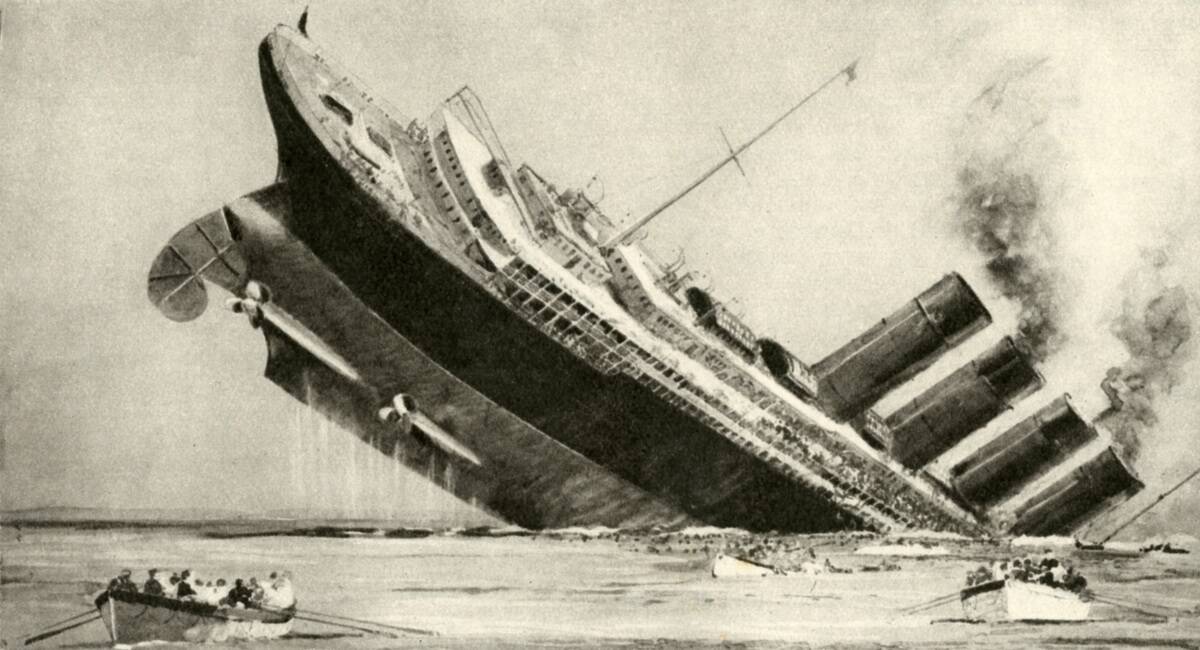
The RMS Lusitania was launched in 1906 and served as a passenger liner until the First World War. While on a transatlantic crossing in 1915, she was sunk by a German U-boat off the Old Head of Kinsale, Ireland. 1,197 people were killed, many of them American.
The tragedy was a major turning point, as it changed public sentiment in the United States and was largely responsible for the U.S. entering the war.
SS Morro Castle (1930)
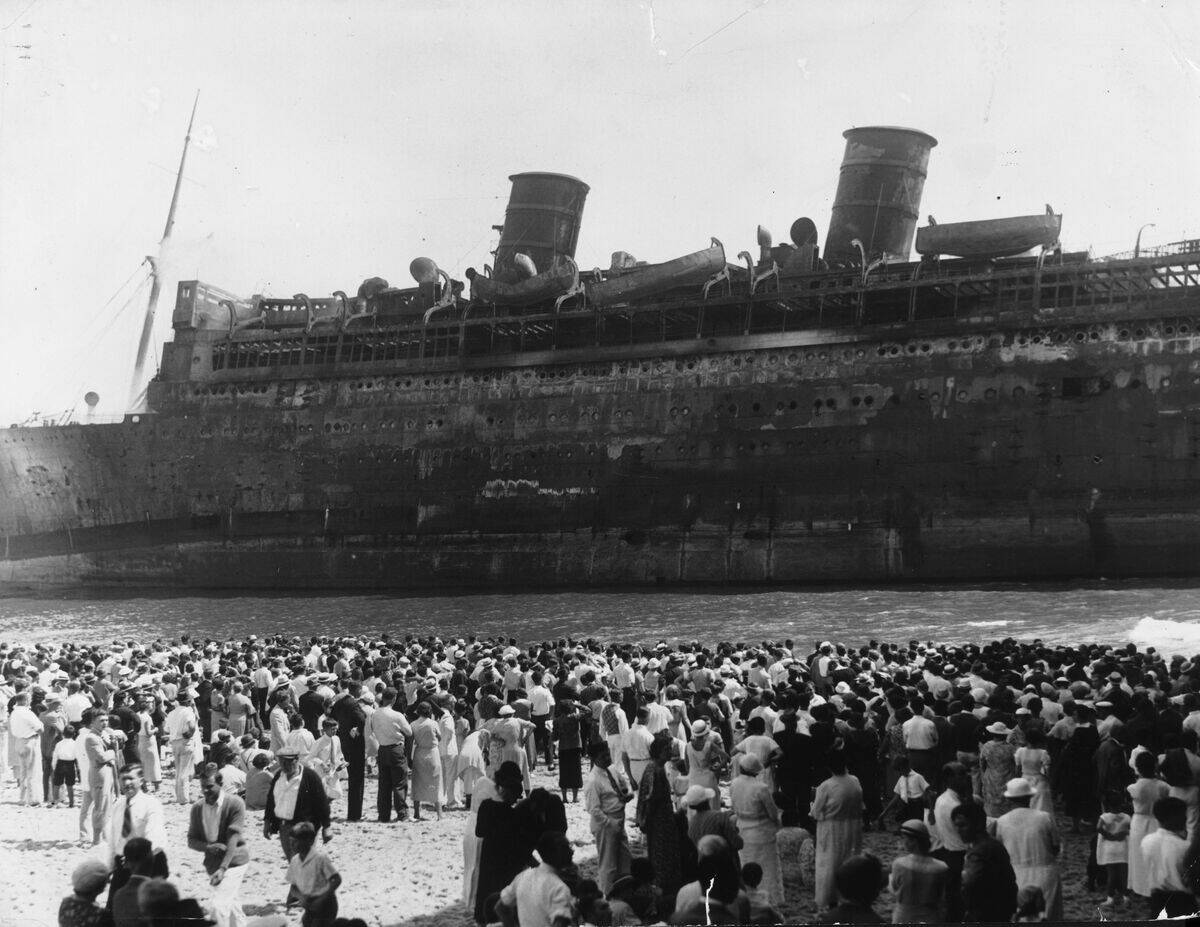
The American ocean liner SS Morro Castle had a regular route between New York and Havana in the 1930s and was known as a luxurious, comfortable ship to travel on.
In the middle of the night while en route to New York, the Morro Castle caught fire in 1934. The ship was beached along the Jersey Shore, creating a spectacle for those who assembled on the beach the following day.
RMS Queen Mary

The only ocean liner on this list that still exists, the RMS Queen Mary was one of the most famous ocean liners of all time. She operated for the Cunard Line between 1936 and 1967.
The city of Long Beach, California bought the famous ship in 1967 and was towed to Long Beach to be converted into a floating hotel and tourist attraction. It remains there to this day, though there are doubts about its long-term future.
RMS Titanic

Everyone knows what happened to the Titanic. While the ship is often depicted as the crowning achievement of its age, it was simply a luxurious ocean liner — one that was virtually identical to its two sisters.
Of course, the fact that Titanic famously struck an iceberg and sank on her maiden voyage immediately made it legendary. Approximately 1,500 of the 2,224 people on board died that night.



